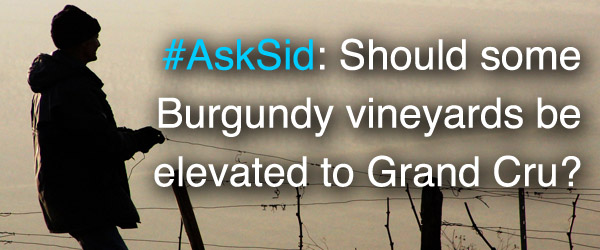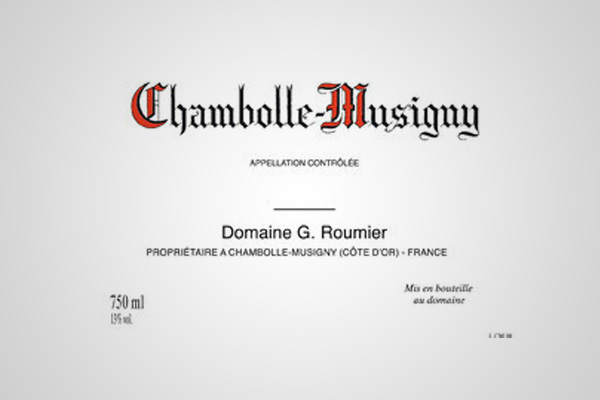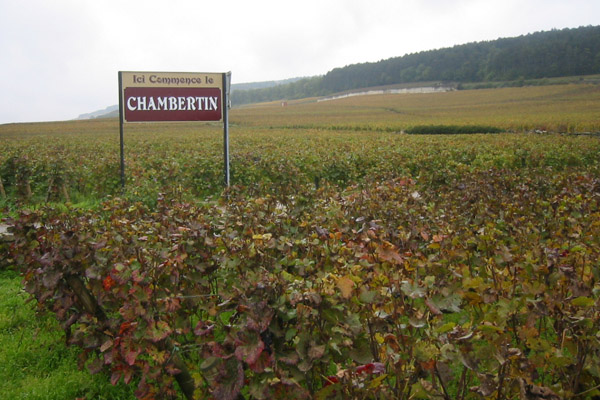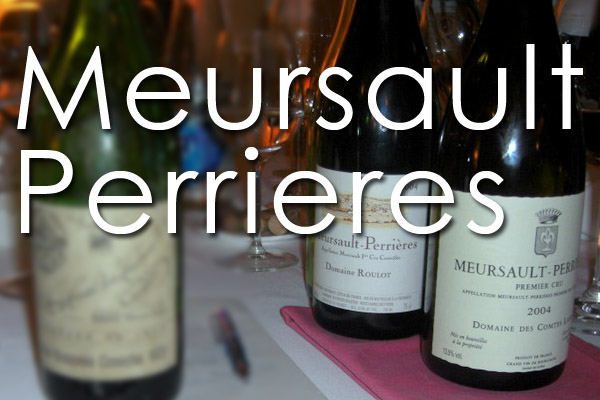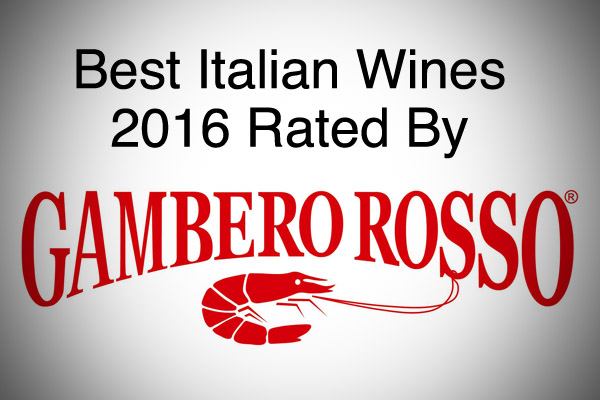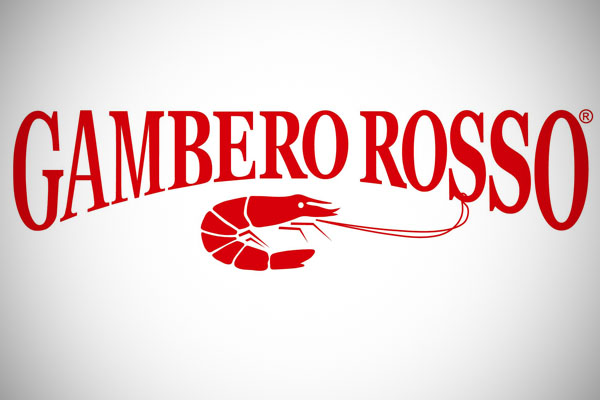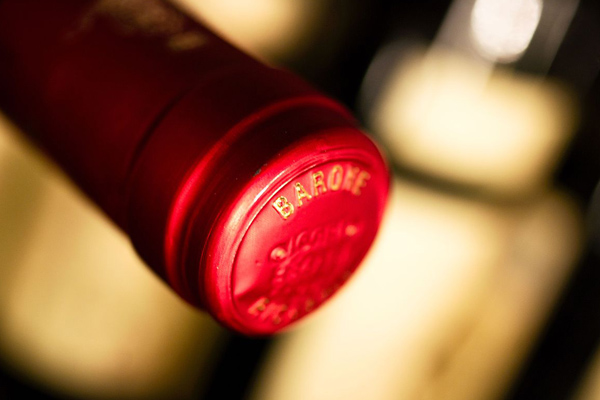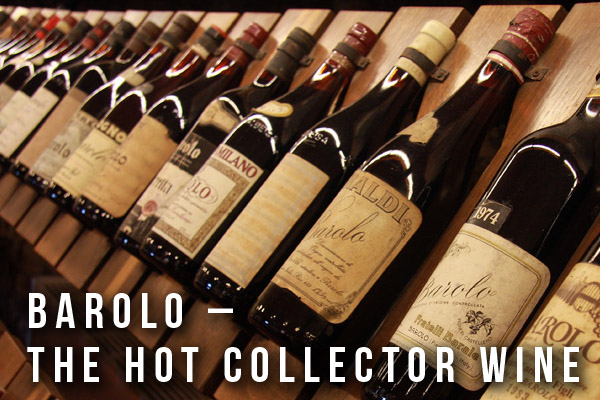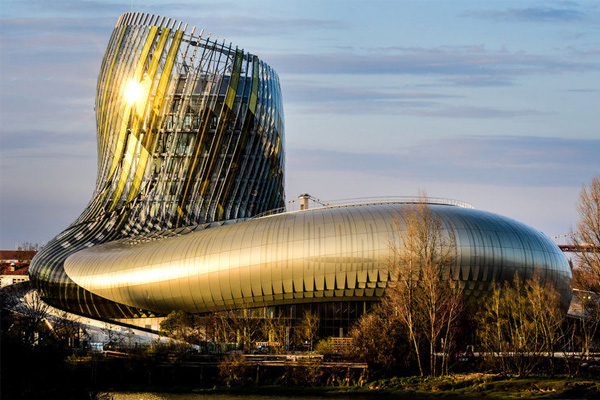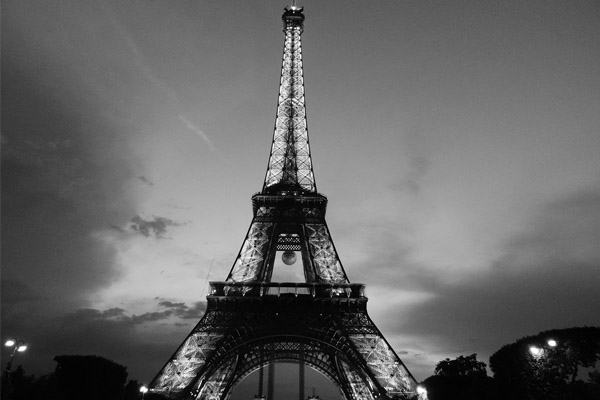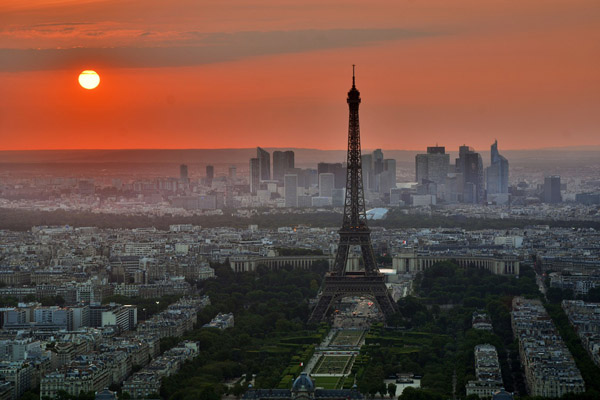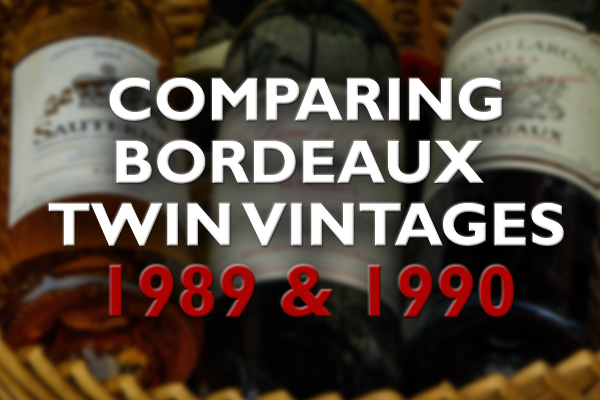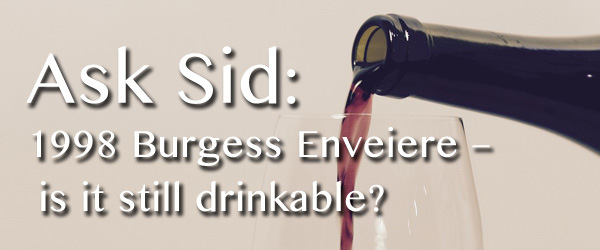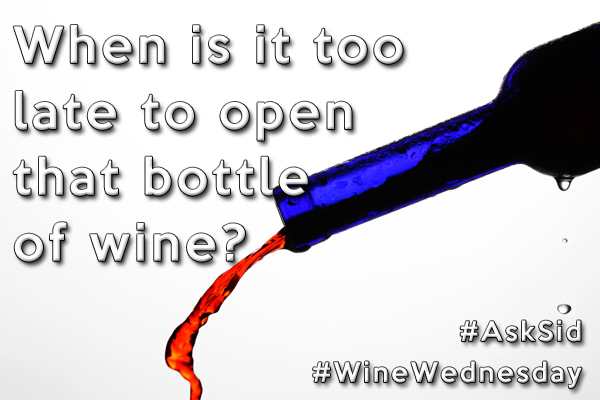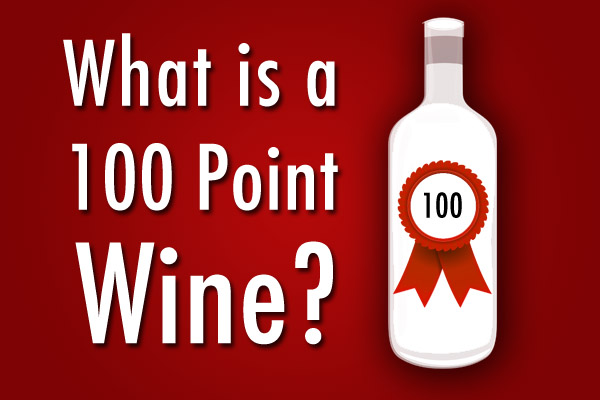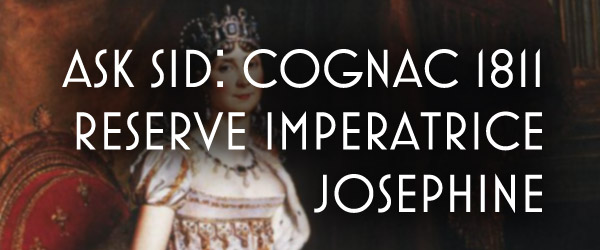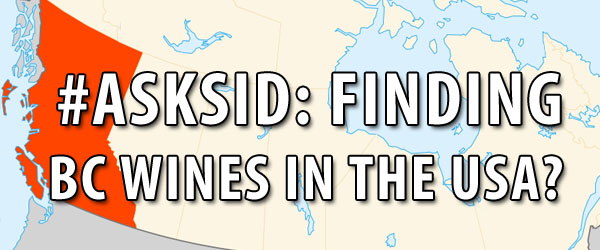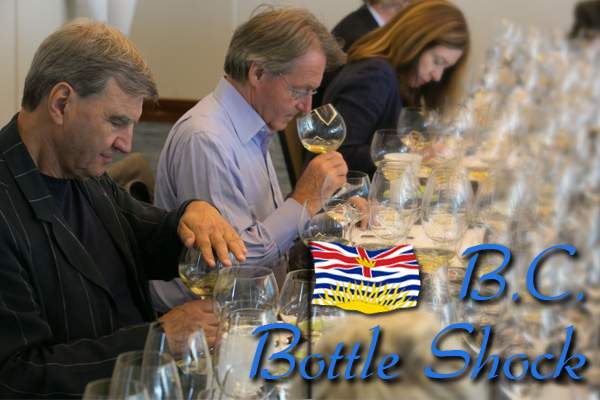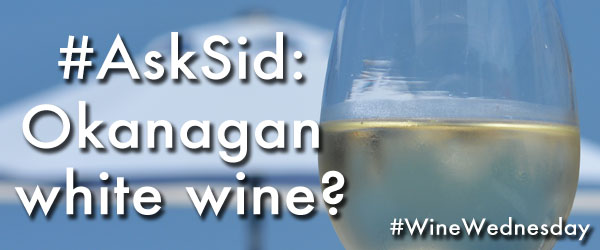
The expanding wine region of the Okanagan in British Columbia is hot & trendy now with almost a plethora of quality wineries and interesting dining choices. With the low value of the Canadian dollar it makes for a wonderful vacation opportunity for foreigners. Keep it in mind for your upcoming travel plans. The Vancouver branch of your IWFS makes an annual Spring Tour there well organized by knowledgeable members Larry Burr & his wife Maggie assisted by hard working President Jim Robertson & Milena. Last year they spotlighted the northern regions with wineries in Kelowna & Lake Country. They are just back from their latest excursion this year covering the region of Okanagan Falls at the south end of Skaha Lake near Penticton which is so full of delightful wine and food experiences. Your scribe unfortunately missed it but is still immersed actively in the BC wine scene judging several upcoming BC wine competitions including this month Lt. Gov. Awards For Excellence in Victoria at Government House, 2nd Judgment of BC Wines (first one featured chardonnay & syrah with Steven Spurrier last year) in the Okanagan and this Fall the 2016 British Columbia Wine Awards. A more detailed report of this wine and food tour with a lot of fun photos can be found here. What a branch activity! Here is how to put it together for Okanagan Falls:
VANCOUVER BRANCH IWFS WINE TOUR 2016 OF OKANAGAN FALLS:
THURSDAY MAY 26 – to Penticton Lakeside Resort on your own.
FRIDAY MAY 27
The Penticton Farmer’s Market is set up in the 100 block Main Street (in front of the Hotel); it opens at 8:30 am.
We leave promptly at 9:30 am for the tour, by Top Cat Tours 24 passenger coach. Lots of room for wine boxes, etc.
Friday Schedule:
Pentage Winery 10:00 – 11:30
Liquidity Winery 12 noon – 1:00 pm
Lunch – Liquidity Bistro 1:00 pm – 2: 00 pm
Blasted Church 2:15/2:30 – 3:45 pm
Krazy Legz/ Skaha Winery 4:00 – 5:15 pm
Return to Lakeside Resort at about 5:30 – 5:45 pm.
Dinner: Theo’s Restaurant – 687 Main Street.
SATURDAY MAY 28
Top Cat leaves promptly at 9:30 am
Noble Ridge 10:00 – 11:15 am
Stag’s Hollow 11:30 – 12:30 pm
Wild Goose 12:30 – 1:30
Lunch on the patio at Smokin’ Oak Bistro (Wild Goose) to 2:30
Meyer Family 2:45 – 4:00 pm
Synchromesh 4:00pm – 5;15 pm
Return to Lakeside Resort at about 5:45 pm
Dinner: Local Lounge and Bistro (Summerland).
SUNDAY MAY 29
Sunday Schedule: Blue Mountain 10:00/10:15 – 11:45 am
Painted Rock 12 noon – 1:00 pm
Lunch by Joy Road Catering at Painted Rock, al fresco 1 pm – 2:30pm
List of wineries & wines tasted:
PENTAGE WINERY
2014 Rousanne “Fizz”
2014 Sauvignon Blanc
2014 Gewurztraminer
2011 RMV
2012 Syrah reserve
2012 GSM
2013 Icewine Riesling
LIQUIDITY WINERY
N/V “Bubbly”
2015 Viognier
2013 Chardonnay
2015 Pinot Gris
2014 Pinot Noir Estate
2013 Merlot
BLASTED CHURCH VINEYARDS
2011 OMG
2012 OMG
2013 Merlot
2014 Merlot
2013 Holy-Moly
2009 Black Bottom Stomp
2011 ‘Port’
KRAZE LEGS/SKAHA
2015 Rose
2015 Chardonnay
2015 Pinot Blanc
2015 Mystique – Chard/PBlanc
2013 Cabernet Franc
NOBLE RIDGE VINEYARD
N/V “The One”
2014 Pinot Grigio
2014 Mingle
2013 Pinot Noir Reserve
2012 Pinot Noir King’s Ransom
2013 Chardonnay KR
2013 Meritage KR
2013 Meritage Reserve
STAG’S HOLLOW WINERY
2015 Albarino
2013 Tempranillo
2011 Pinot Noir Renaissance
2013 Merlot Renaissance
2005 & 2000 Merlot
2015 Dolcetto
2015 Tragically Vidal
WILD GOOSE VINEYARDS
2015 Pinot Gris
2015 Pinot Blanc Mystic
2014 Gewurztraminer
2015 Riesling Classic
2015 Riesling Stony Slope
2015 Riesling God’s Mountain
MEYER FAMILY VINEYARDS
2015 Fleet Road Riesling
2011 Chardonnay McLean Ck
2015 Pinot Noir Rose
2014 Pinot Noir Okanagan
2014 Pinot Noir Reimer & McLean Ck
2014 Pinot Noir Old Block
SYNCHROMESH WINERY
2015 Riesling
2015 Drier
2015 Riesling Bob Hancock Vineyard
2015 Riesling Thorny Vine Vineyard
2015 Riesling Four Shadows Vineyard
2015 Riesling Storm Haven Vineyard
2015 Cachola Family Cab France Rose
2014 Cachola Family Cabernet Franc
2012 Turtle Rock Tertre Rouge
BLUE MOUTAIN VINEYARD
N/V Brut Gold Label
2008 Blanc de blanc Reserve RD
2014 Chardonnay Estate
2014 Chardonnay Reserve
2010 Pinot Noir Reserve
2011 Pinot Noir Reserve
2012 Pinot Noir Reserve
PAINTED ROCK VINEYARD
2014 Rose
2015 Chardonnay – tank sample
2013 Syrah
2014 Petit Verdot – barrel sample
2014 Malbec – barrel sample
2013 Red Icon – bottle
2015 Cabernet Franc – barrel sample
2015 Petit Verdot – barrel sample
You might also like:

Loading ...


